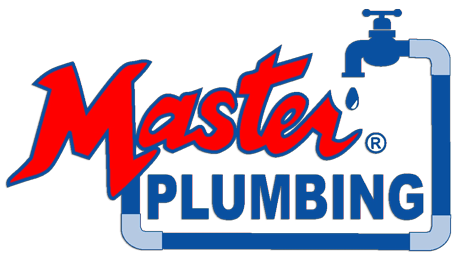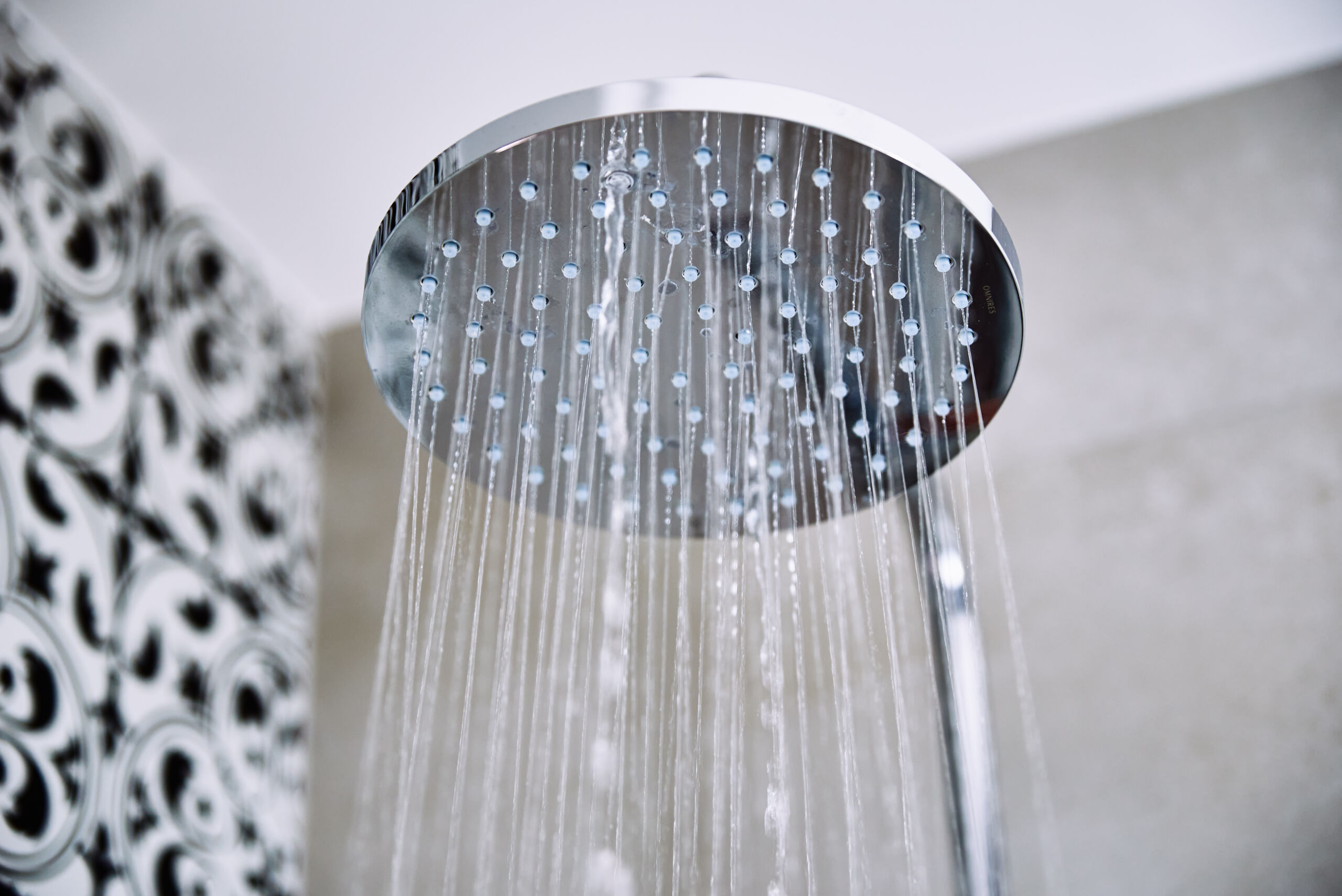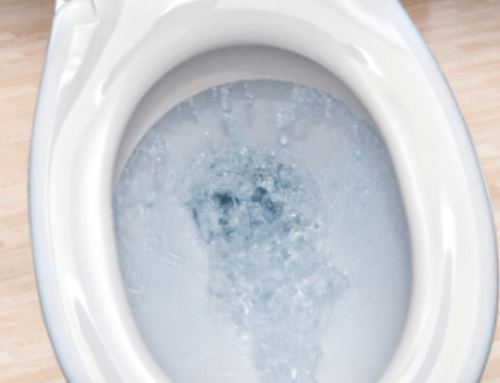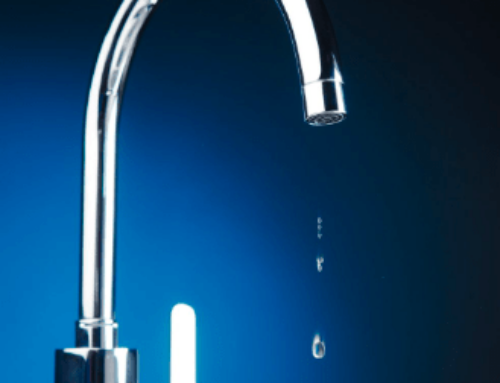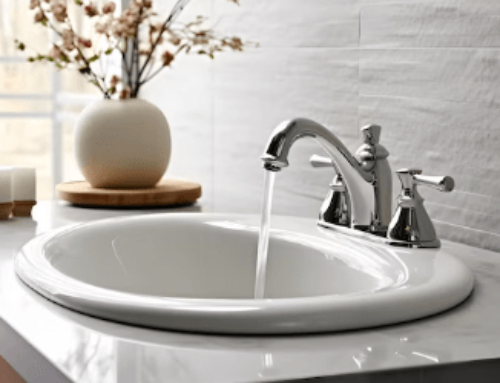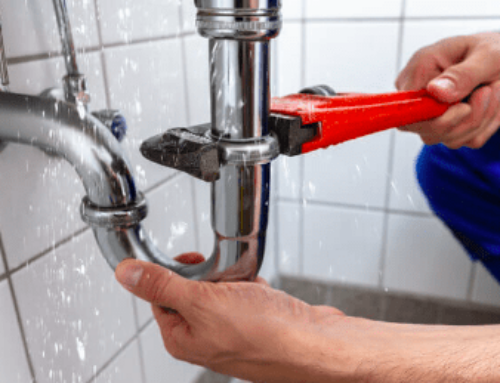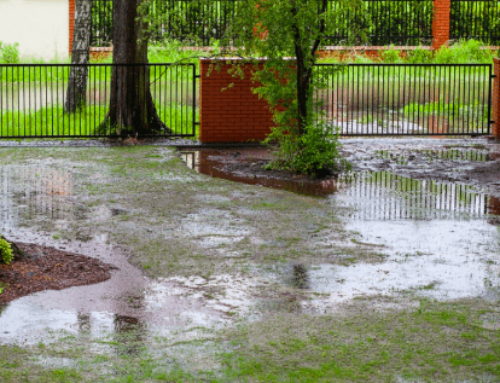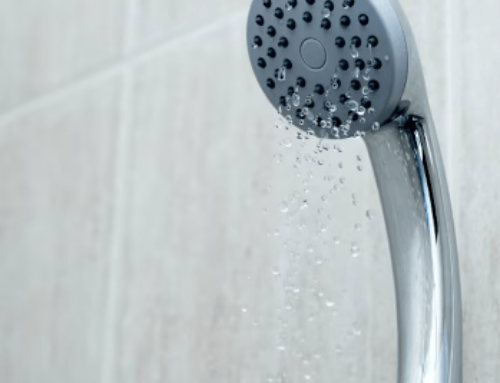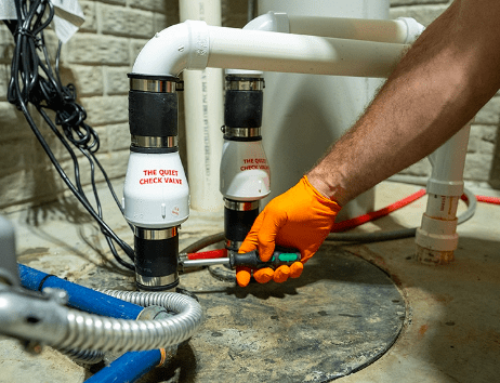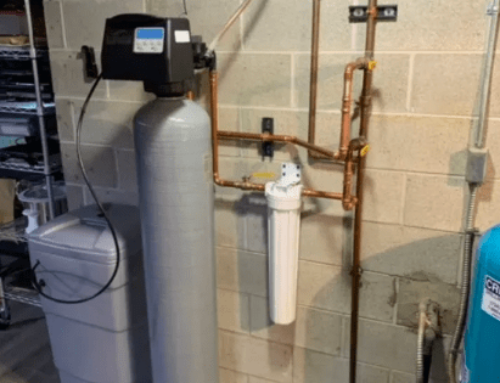If you’ve been dealing with low water pressure in your home, you know just how frustrating it can be. Water is a basic necessity, and when it doesn’t flow properly, everything from bathing to cooking can become a challenge. There are many reasons why low water pressure might occur in your home, but thankfully there are also some solutions that may help to increase it. In this blog post, we will discuss the causes of water pressure issues and some ways to address the issue.
Water Supply Causing Low Water Pressure
One common reason for low water pressure is a problem with the municipal water supply. This can be due to a number of factors, including repairs or maintenance that is being done on the city’s water lines. If your low water pressure is sudden and then goes back to normal after a day or two, this is likely the cause. However, if you constantly struggle with low water pressure, the issue is likely with your home’s plumbing.
Water Flow = Water Pressure
Another possibility is that your pipes are too small for the amount of water that is flowing through them. This can be due to an old or outdated plumbing system. Another possibility is that there is a blockage somewhere in your pipes. This can be caused by anything from mineral buildup to debris that has gotten into the system. If you think this might be the case, you can try flushing your pipes to see if this helps to increase the water pressure.
Check Your Water Supply Valve
Check your home’s water supply valve to be sure it’s all the way on. This is usually located near the street or where the main water line comes into your home. If this valve is not fully open, it can restrict the flow of water into your home and cause low water flow.
If you’re not sure how to tell if your water supply valve is fully open, there are a few things you can try. First, locate the valve and see if you can turn it by hand. If it’s loose, it’s probably fully open. If it’s tight or doesn’t budge, it may be partially closed. You can also try turning on a faucet in your home and seeing if the water pressure is normal. If it’s low, turn off the faucet and check the valve again.
Measure Your Low Water Pressure and Water Flow
If you’re still not sure what’s causing your water pressure problems, it’s a good idea to measure both your water pressure and flow. You can purchase a water pressure gauge at most hardware stores, or you can hire a professional to do this for you. Once you know the numbers, you’ll be able to troubleshoot the problem and find a solution.
There are a few different ways that you can measure your water flow rate. One option is to time how long it takes to fill up a gallon bucket. Another option is to attach a garden hose to your faucet and see how much water comes out in a minute. If you have low water pressure, the flow rate will be low as well.
The flow rate is important because it will tell you how much water is flowing through your pipes. This can be affected by a number of things, including the size of your pipes and the amount of water that’s being used in your home. If the flow rate is low, it may be due to a problem with your well or another water source.
Check for Leaks
One of the most common causes of low pressure is a leak in your home’s plumbing. Even a small leak can cause low water flow, so it’s important to check for leaks and repair them as soon as possible. You can check for leaks by turning on all the faucets in your home and seeing if the water pressure drops. You can also check your water meter to see if it’s running even when all the faucets are turned off. If you think you have a leak, contact a professional plumber to have it repaired.
Dirty Filters
Another thing to look at is if your water filter is dirty. This can happen if you don’t change your filter regularly, or if you have a whole-house water filtration system. A dirty filter can restrict the flow of water and cause low water pressure. To fix this, simply replace your old filter with a new one.
Contact Your Water Department
If you’ve tried all of the above and you’re still struggling with water pressure issues, your last resort is to contact your local water department. They may be able to help you troubleshoot the problem and find a solution. In some cases, low pressure is due to an issue with the municipal water supply. If this is the case, the water department will be able to help you fix it.
Install Water Pressure Booster Pump
If you live in an area with low water pressure, one option is to install a water pressure booster pump. This pump will increase the water pressure in your home, making it easier to use faucets and showerheads. Booster pumps are available at most hardware stores, or you can hire a professional to install one for you.
If low water pressure is a constant problem in your home, it is important to have a professional plumber take a look at your system. We will be able to determine the cause of the problem and recommend the best solution. In some cases, water pressure can be solved by simply replacing a few parts in your plumbing system. However, in other cases, more extensive work might be necessary. Regardless of the cause, a professional plumber will be able to help you get your water pressure back to normal.
Contact Master Plumbing today to help with all your water pressure needs. We will be able to assess the situation and recommend the best course of action. With our help, you can soon enjoy flowing water in your home once again.
